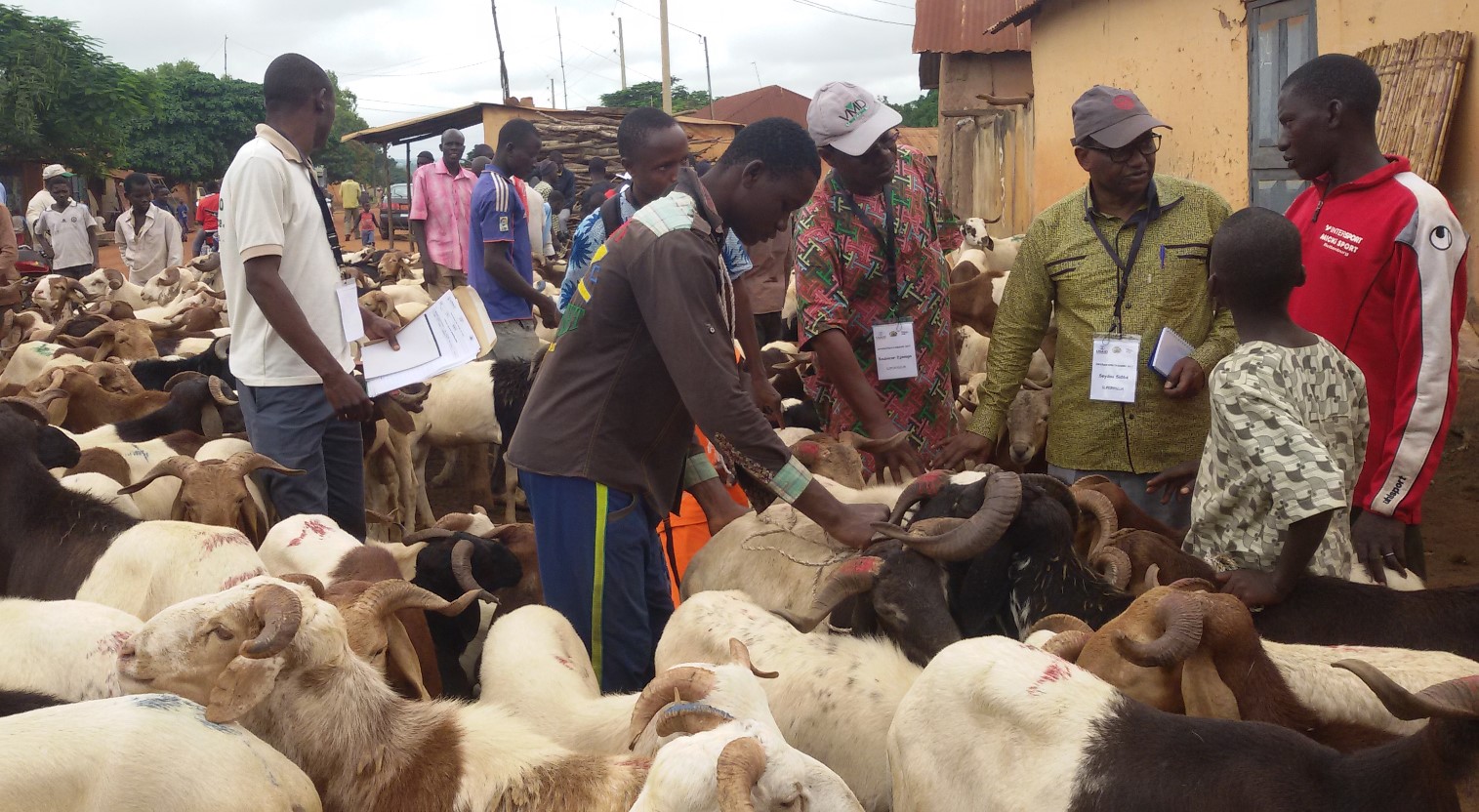What is One Health? A Frontline Defense Against Zoonotic Diseases
February 5, 2024
Focus Areas
Capabilities
Regions
Latin America & the Caribbean
South & Central Asia

